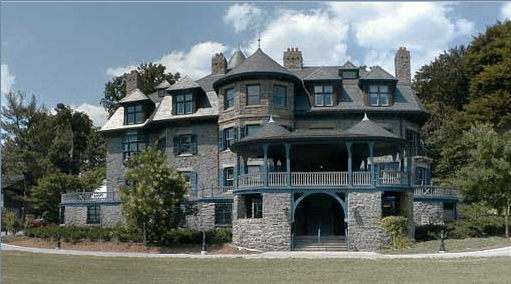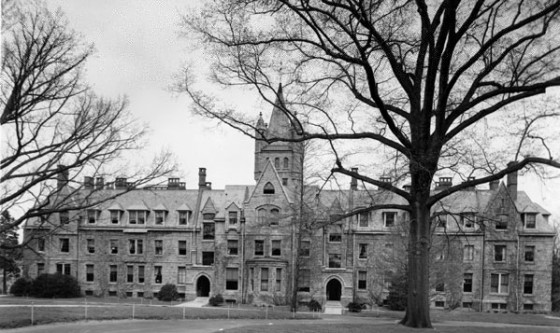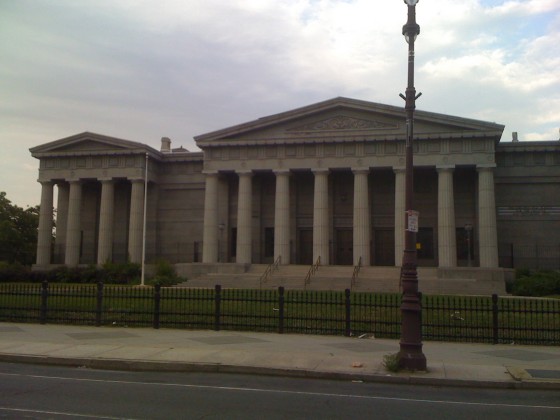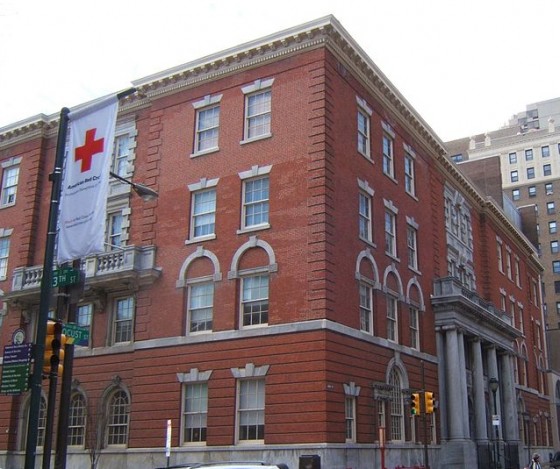When they aren’t busy making cereal – okay, bad joke – Quakers are also known for being exceptional carpenters and furniture makers. The work of one man, Addison Hutton, who many know as the Quaker architect, may be responsible for this reputation, to some degree. Hutton (1834-1916), born in Westmoreland County, worked in and around the greater Philadelphia area, designing a wide variety of buildings including residences (mostly mansions), courthouses, churches, libraries and campus halls.
College campuses at Haverford, Bryn Mawr and Swarthmore are all home to residence halls designed by Hutton. The Main Line is littered with his mansions – the type of litter you would be overjoyed to find on your lawn. One such example is Picotte Hall, on Villanova University’s campus. Picotte Hall, built in 1890, is almost cottage-like in appearance despite its enormous size. Hutton’s mix of Colonial and Pennsylvania Dutch architecture creates a charming and welcoming aura that says: this building may be big, but it sure is homey. We feel as though his use of wood and stone, accompanied by rounded rooftop peaks helps creates this building’s warm atmosphere. This is an idea that Hutton seemed to utilize in many of his mansions.
On the other hand, Barclay Hall (a residence hall) on Haverford College’s campus was created with different intent. Its triangle rooftops and square base, in Victorian Gothic style, suggest both structure and poise. Utilizing building design to allude to intent was an idea utilized by ancient Greeks in such structures as the Parthenon, which just so happens to look much like Hutton’s monumental Ridge Library at Christian and Broad Streets (now the High School for Creative and Performing Arts).
Let us also not forget that Addison Hutton fittingly designed a home for the Historical Society of Pennsylvania at 1300 Locust Street. The society focuses on historical preservation, and this is exactly what its square, keystone outfitted building suggests. Clearly, as history has rightly determined, Addison Hutton had a knack for this stuff.
— Alex Graziano




